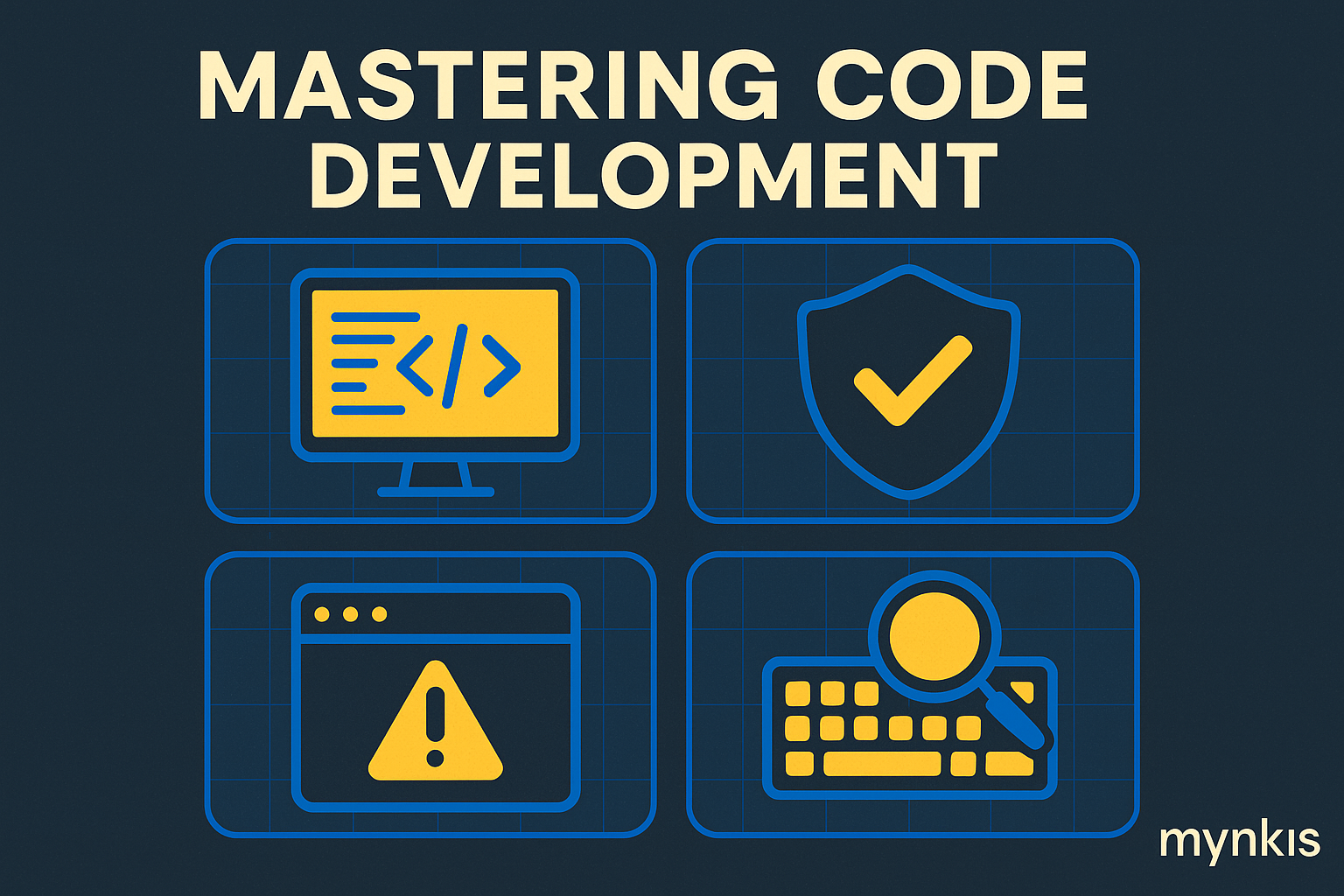Schedule a Demo
In my experience working with clients across various industries, the pursuit of perfection in code development stands as a testament to a developer's commitment to excellence. Errors in coding not only disrupt the smooth functioning of a website but can drastically impact a business's reputation and its ability to establish a robust online presence.
Before diving into the code, I cannot stress enough the importance of thorough planning. As a developer, I've seen how a well-crafted project outline not only streamlines the development process but also significantly reduces the potential for errors. Planning involves understanding the project scope, setting clear milestones, and anticipating challenges that might arise. It sets a solid foundation upon which flawless code can be built.
Using a version control system like Git is not just a best practice; it's essential for error-free custom software development. By keeping track of changes, you ensure that any mistakes can be rolled back and corrected easily. Version control also fosters collaboration among team members, allowing multiple developers to work on a project simultaneously without fear of corrupting the code base.
The practice of continuous integration (CI) automates the testing of code every time a change is made, ensuring that any errors are caught early in the development cycle. In my work with operations managers, I've seen how integrating CI can transform the development process, turning it from a potentially error-prone endeavor into a more reliable and streamlined process.
Implementing regular code reviews is crucial. These sessions provide an opportunity for developers to look over each other's work, potentially catching mistakes that the original author might have overlooked. In my experience, code reviews have been instrumental in maintaining high code quality, thereby fostering an environment ripe for building enterprise web solutions that are both robust and scalable.
Adhering to coding standards and best practices is non-negotiable. This includes writing clean, readable code, using meaningful variable names, and following design patterns suitable for the project at hand. By aligning with established norms, developers not only avoid unnecessary errors but also make it easier for future modifications and maintenance.
Developing code that's modular and scalable is key to reducing errors. Modular code allows for components to be developed, tested, and debugged in isolation. Scalability ensures that as your business grows and requirements evolve, your website can accommodate these changes without needing a complete overhaul.
Robust error handling and logging mechanisms are indispensable. They provide insights into why and where a failure occurred, allowing for quicker fixes. As businesses scale and their online presence grows, the ability to track and resolve issues swiftly becomes ever more critical.
Keeping abreast of the latest trends in custom software development can also minimize errors. New tools and technologies often come with improved features for development and testing, reducing the likelihood of mistakes. Engaging with developer communities, reading tech blogs, and participating in workshops are excellent ways to stay updated.
Automated testing tools play a critical role in ensuring that your code is bug-free. By employing tools like Selenium or Jest, you can automate the testing of different aspects of your application, ensuring that changes don't introduce new bugs. This approach is highly effective in enterprise web solutions where uptime and reliability are paramount.
Finally, comprehensive documentation is vital. Not only does it aid in understanding the functionality and structure of your codebase, but it also helps in troubleshooting any issues that arise. Good documentation is the backbone of error-free development and is particularly crucial for businesses aiming to drive organic growth through SEO by ensuring their websites are accessible and user-friendly.
While these tips form a solid foundation for error-free code development, it's important to remember that based on available research, individual results may vary. Implementing these practices requires commitment, and sometimes professional advice might be needed to tailor these strategies specifically to your business needs and the custom website solutions you aim to develop.
